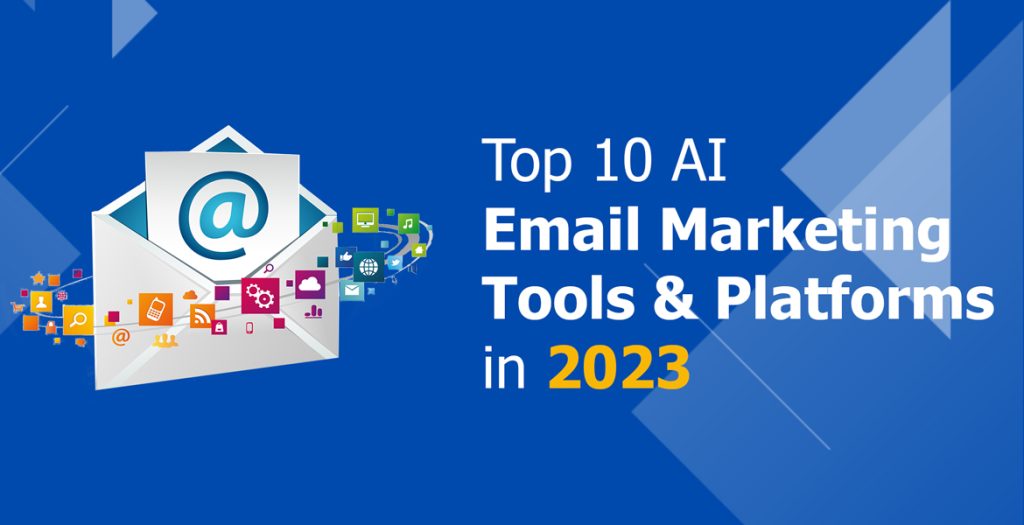Leverage list segmentation, dynamic content, and dynamic fields to drive email personalization.
Research from Experian Marketing Services indicates that personalized emails drive 6x greater transaction rates than their non-tailored counterparts while Data Marketing Association evidences a 760% uplift in email-attributed revenue from segmented campaigns. However, with less than 50% of retailers sending personalized product recommendations through this high-performing channel, it’s clear that there are low hanging opportunities for enhancement. Because of this, we’ve put together some actionable insights on how to tailor emails with the aim of increasing relevancy, boosting performance, and ultimately earning subscriber satisfaction.
Utilize segmentation to drive personalization at scale and enhance performance outcomes
According to Mailchimp, segmented emails drive 14.31% more opens, 9.37% fewer unsubscribes, and 100.95% more clicks than non-segmented campaigns. Thus, in order to partake in the performance gains, it’s important to divide your contact list up based on distinct and meaningful consumer attributes provided during opt in and to augment that data with other first party data sources, such as that from your marketing automation platform, CRM, and beyond. Segments can be created based on surface-level characteristics such as demographic, geographic, and firmographic data as well as based on deeper-level attributes such as psychographic, behavioral, and benefit data. For example, if you were a cosmetics company, you could segment based on data points including age, gender, number of past purchases, and product category interest in order to send offers and discounts for items in related product groups to customers who have expressed loyalty and met a threshold of repeat purchases. Additionally, automation based on triggers and stages in the customer lifecycle can help increase relevancy. With this, you’ll be better equipped to send the right message to the right person at the right time, based on an understanding of customer insights, past purchase behavior, digital content consumption, and events driven by goal conversions. Segmentation that is performed correctly facilitates personalization at scale, resulting in outreach that better aligns with consumers’ motivations, preferences, and desires.
Leverage dynamic content and dynamic fields to ensure relevancy
Writing tailored emails to everyone on your contact list would take an exorbitant amount of time while writing generic, catch-all emails would fail to achieve relevancy. Thus, in order to increase efficiency without reducing personalization, it is beneficial to employ an email strategy that leverages both dynamic fields and dynamic content that adjust based on the recipient’s profile. Dynamic fields that tailor messaging to the recipient’s name, location, company, and beyond engender a personalized feel, indicating to the subscriber that the personal information they handed over was not for nothing. Dynamic content that customizes blog posts and product recommendations to recipients’ preferences adds value, facilitating their achievement of goals surrounding decisions they are seeking information on and purchases they are looking to make. To ground dynamic fields and content in an example, if you were a cruise line coming up to the winter holidays, you could write an email such as “Hi [name], how enjoyable would it be to bask in the sun rather than chill in [location]’s [temperature] weather?” and include blog posts and offerings that populate based on the recipient’s content consumption on specific coastal regions and prior purchase history.
When utilizing dynamic content and fields, it is important to have correct, up to date subscriber data, else the attempt at personalization and relevancy will be received as prefabricated and careless. Used correctly over time, click through rates and the overall return on your email marketing strategy will increase as subscribers come to recognize your emails are tailored to them.
Want to receive updates on email personalization and beyond? Subscribe below!






